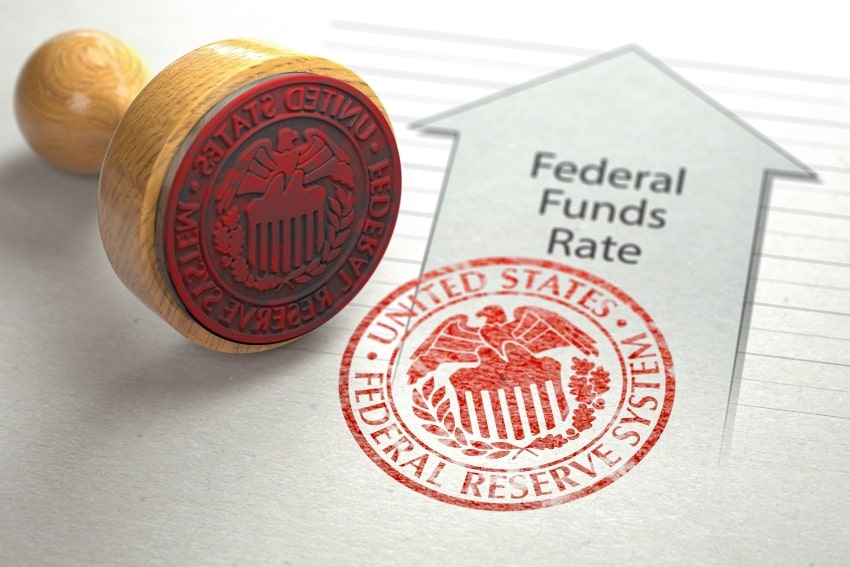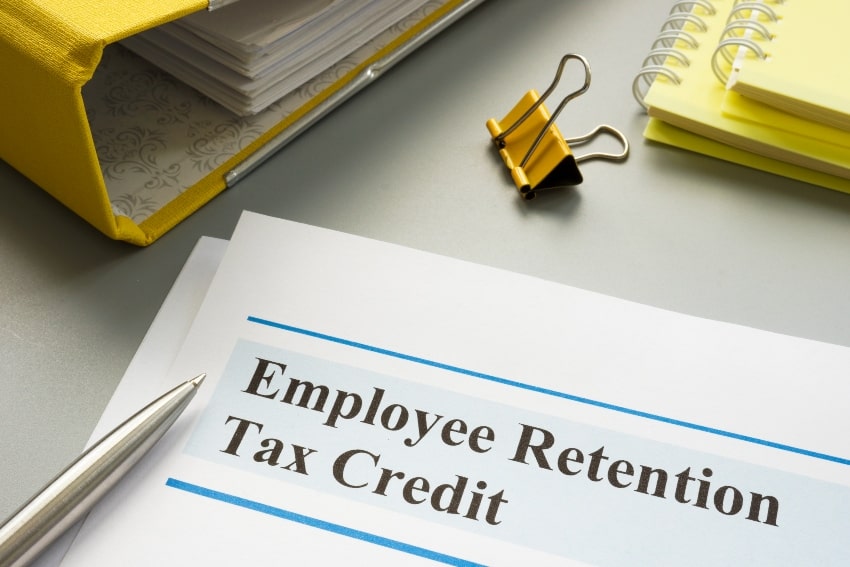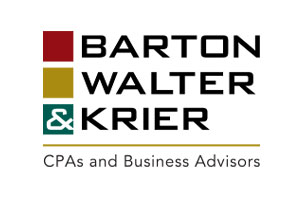What to Know with Interest Rates Climbing
October 27, 2022 | Barton Walter and Krier
To help get a handle on inflation, the Federal Reserve System — also known as “the Fed” — recently announced it is adjusting interest rates. Those changes likely will affect anyone trying to borrow or save money. Keep reading to learn what to know with interest rates climbing. Rates on the Rise In mid-June, the Fed disclosed its intention to increase interest rates 0.75 percentage point, after an increase of 50 basis points one month prior. A basis point is one one-hundredth of a percentage point. With rates right now on the rise, it’s becoming increasingly more expensive to borrow money. And because of that added cost, consumers tend to spend less, helping to curb inflation. Some loans and lines of credit might be affected, […]
Read MoreEmployee Retention Credit Basics
October 5, 2022 | Barton Walter and Krier
Many businesses took hits of all kinds during the COVID-19 pandemic. Under certain circumstances, businesses can benefit from keeping employees on their payroll when their bottom line might suggest otherwise. Keep reading to learn more about Employee Retention Credit basics and how to determine whether your business is eligible to take advantage of these credits. It’s not too late. Employee Retention Credit Essentials For the official explanation of the Employee Retention Credit (ERC), we turned to the IRS website. There, ERC is defined as a “refundable tax credit against certain employment taxes equal to 50 percent of the qualified wages an eligible employer pays to employees after March 12, 2020, and before January 1, 2021.” There is a $7,000 ceiling on qualified wages (including health […]
Read MoreThe Details on Frontline Worker Pay
June 9, 2022 | Barton Walter and Krier
The Minnesota Legislature recently passed a bill that offers extra pay to those whose work was essential during the COVID-19 emergency period. Who qualifies for this “hero pay”? Keep reading to get the details on Frontline Worker Pay and find out what to know about the new law – as an employer or an employee. What is Frontline Worker Pay? On April 29, 2022, Governor Tim Walz signed into law a program that provides payment to COVID-19 frontline workers. The Frontline Worker Pay law is a way to thank those who continued to work during the pandemic because the requirements of their jobs necessitated an in-person presence. Eligible workers can apply for their share of a state-funded $500 million bonus pool. Information continues to evolve […]
Read More

